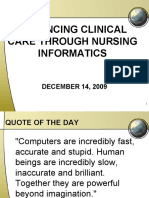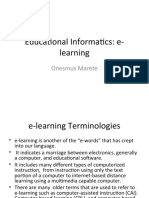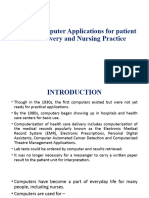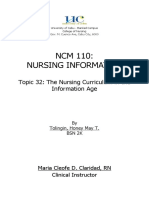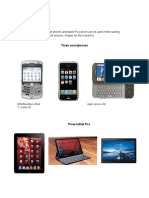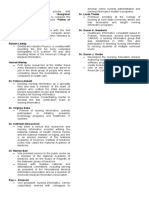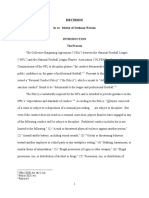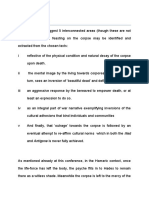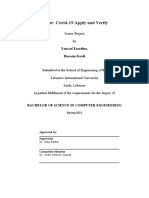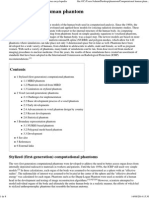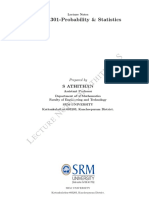0% found this document useful (0 votes)
225 views5 pagesNursing Informatics: Bachelor of Science in Nursing
This document outlines the objectives and content for a nursing informatics course module on educational and research applications. The module takes place over 3 weeks and 13 units. Students are expected to actively participate in class discussions, complete weekly online discussions and tasks. The document discusses models for integrating informatics into nursing curriculum and the importance of technology in nursing research and education. It provides examples of how computers can facilitate literature searches, data collection and analysis, and dissemination of research findings. Resources for nursing students and researchers are also listed, including databases, virtual medical tools and care planning examples.
Uploaded by
ANGELICA MACASOCopyright
© © All Rights Reserved
We take content rights seriously. If you suspect this is your content, claim it here.
Available Formats
Download as PDF, TXT or read online on Scribd
0% found this document useful (0 votes)
225 views5 pagesNursing Informatics: Bachelor of Science in Nursing
This document outlines the objectives and content for a nursing informatics course module on educational and research applications. The module takes place over 3 weeks and 13 units. Students are expected to actively participate in class discussions, complete weekly online discussions and tasks. The document discusses models for integrating informatics into nursing curriculum and the importance of technology in nursing research and education. It provides examples of how computers can facilitate literature searches, data collection and analysis, and dissemination of research findings. Resources for nursing students and researchers are also listed, including databases, virtual medical tools and care planning examples.
Uploaded by
ANGELICA MACASOCopyright
© © All Rights Reserved
We take content rights seriously. If you suspect this is your content, claim it here.
Available Formats
Download as PDF, TXT or read online on Scribd
/ 5



















